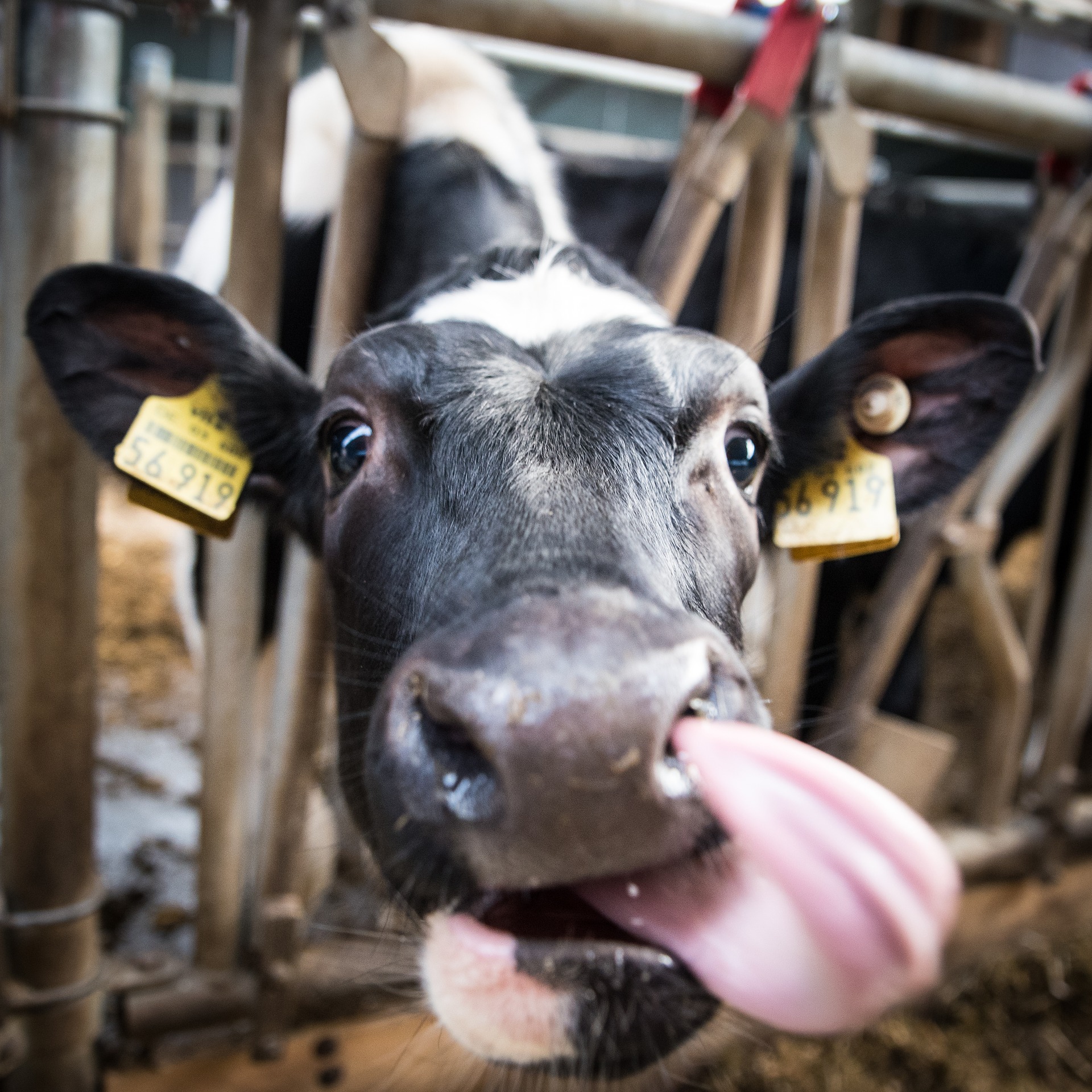Background
People may be familiar with products that claim to impact gut health via probiotics and prebiotics, like kombucha and supplements. Prebiotics are plant fibers that encourage growth of beneficial gut bacteria, while probiotics are usually live bacteria that are associated with good gut health (Mayo Clinic Staff, 2021). Diversity comes up often in discussions about gut microbes. Diversity refers to the amount of different species present in a sample, and more diverse samples contain a wider range of microbes. We know that a less diverse community of gut microbes is associated with inflammatory bowel diseases (Cénit et al., 2014) and obesity (Turnbaugh et al., 2008). However, relatively little is known about how the performance of endurance exercise might impact the microbes living within the gut.
Continue reading “Athletes Have Unique Gut Microbial Communities”
